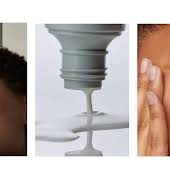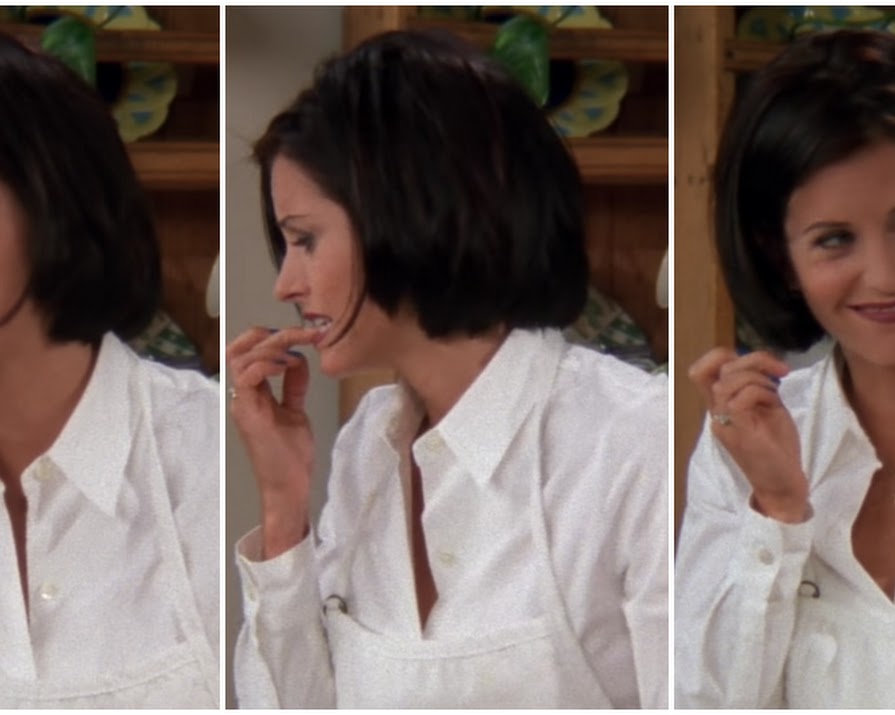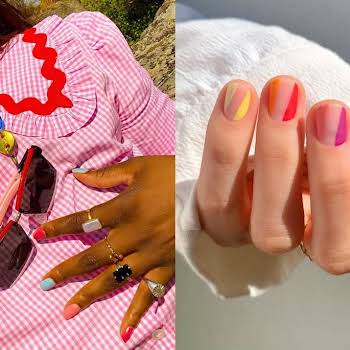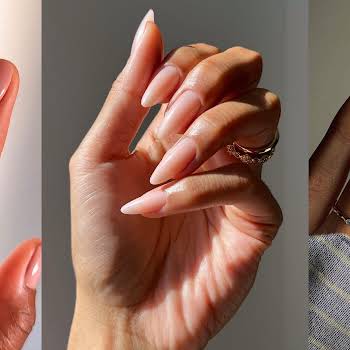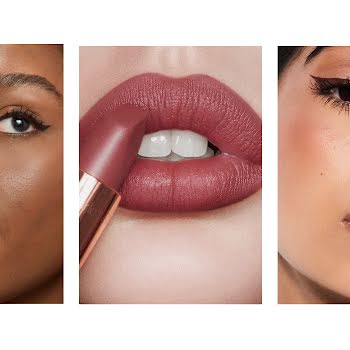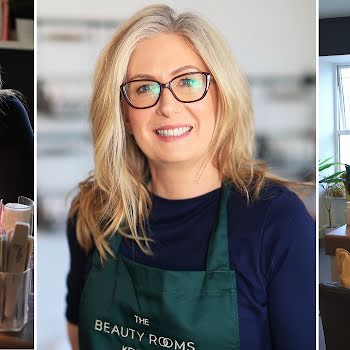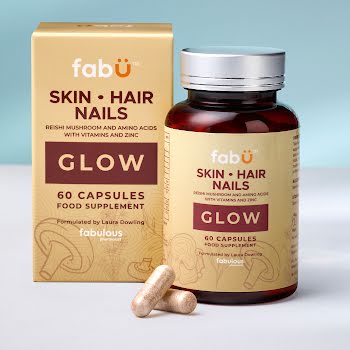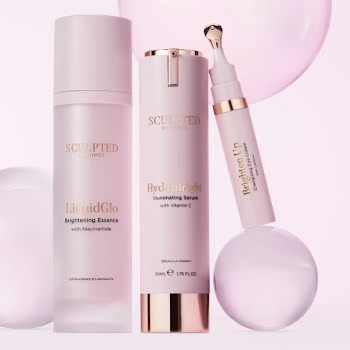By Grace McGettigan
05th Mar 2020
05th Mar 2020
Here’s how I’m (slowly) curbing the habit of biting my nails
Hi everyone, my name is Grace and I’m a nail-biter. There. I said it. I’ve gnawed at my nails all my life, though I don’t do it by choice. I think it’s a stress response; any time I have an exam or a doctor’s appointment, my fingers end up in my mouth. Gross, I know. But here we are.
I’m not the only one who feels that way. According to Psychology Today, “People who chronically bite their nails report distressful feelings of unease or tension prior to biting, and feelings of relief or even pleasure after biting.” It’s an impulsive, psychological thing.
Over the years I’ve tried various ways to quit. I used that nasty tasting polish for a while, but rather than stop me from biting, it led me to pick at my nails instead. I’ve asked friends and family to yell at me, poke me, and slap me if they so much as peeped my talons touching my teeth. But that didn’t work either. All it did was make me angry with everyone. Sitting on my hands didn’t help and going ‘cold turkey’ was a complete failure.
Nail biting, also known as onychophagy or onychophagia, is as addictive a habit as smoking. Biters often do so without realising we’re doing it. Our nails simply just end up in there. Technically, it’s a body-focused repetitive behaviour (BFRB). It’s up there with plucking out your own hair or scratching at your skin. The Diagnostic and Statistical Manual of Mental Disorders has even said nail-biting could be a symptom of obsessive-compulsive disorder.
The embarrassment and shame of having painfully short nails (and I mean painfully), is the worst. Society constantly tells women we need long, shiny nails to be pretty. But mine are short, stubby and ugly. As difficult as it is to quit, I’m determined to give up biting for good.
Things that work for me (well, sort of)
The first thing that somewhat worked for me was getting gel and acrylic nail extensions. The fake nails last for two to three weeks; that’s 14-21 days where I couldn’t get my teeth near my natural nails. When the fake nails came off, my natural nails were much longer than they’d been in years. But, because they were covered in plastic and glue for so long, they were weak and susceptible to breaking. Within a couple of days of having my gel nails removed, my once-long natural nails were back to their usual short selves.
Next, I tried keeping my nails polished regularly. I’d paint them myself at home, using a strengthening base coat and hardening top coat. I was reluctant to bite my nails when the polish was on them; I was too proud of how nice they looked (especially when I wore a bright red or pink shade), but alas, it wasn’t to be. Eventually, I found myself picking the polish away. It was just as satisfying to peel the polish off in strips as it was to bite the nail itself. As we all know, this is terrible for nail health. Not only does the polish peel away, but so too does the top couple of layers of the actual nail. This weakens the nail and makes it less likely to grow healthily in the future.
Shellac is the real winner. Unlike regular polish, I can’t peel shellac away. My nail technician applied a strengthening base and top coat, as well as a nourishing cuticle oil. For the first time in a long time, my nails are hard, strong and growing. The difference it’s made to my confidence is unbelievable. Now I am comfortable shaking someone’s hand, handing cash to a sales assistant, and saying ‘cheers’ while clinking my wine glass. I no longer cringe from the shame. For the first time in a long time, my hands feel dainty and feminine. It’s the best feeling; better than that of biting by miles.
Photo: Friends, Warner Brothers
Read more: Do your hands show your age? Try these anti-ageing hand creams
Read more: Nails constantly breaking? Ireland’s top manicurist has the solution
Read more: The natural nail trend sweeping Instagram (and why it’s about time)





